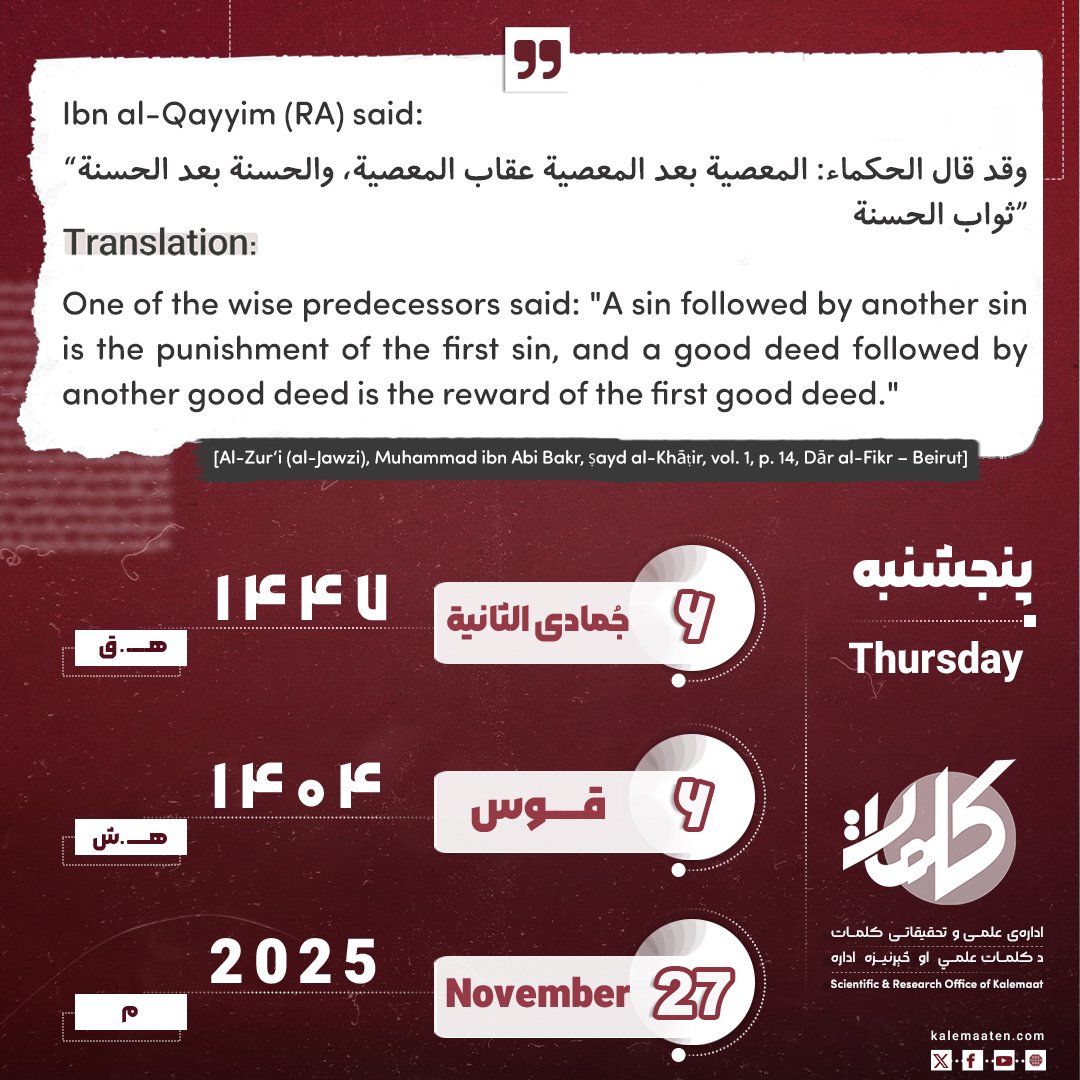Author: Abu Ayesha
Shinto Religion (Part 12)
Festivals
Festivals are the most significant religious aspect of Shinto, usually performed at shrines or in public spaces. Shrine festivals generally follow a fixed pattern. A major ceremony often includes stages such as purification, a procession led by the high priest, opening the shrine doors, offering food (except meat), prayers and worship, sacred music and dance, presenting small branches of the sacred Sakaki tree by participants, and sometimes sharing the offered food among the attendees.
Shrine ceremonies can be classified according to their time of celebration — annual festivals, such as the Spring Festival (to pray for a good harvest), and occasional ones, such as the Shrine Relocation Ceremony.
Festivals held outside shrines have no fixed pattern, as their form depends on the purpose of the celebration. Examples include Sumo wrestling, horse racing, archery, and Shinto dance. One of the outdoor Shinto festivals is called Shinko, a lively event in which young participants carry a portable shrine (mikoshi) on their shoulders.
Most festivals feature hospitality activities (food and drinks), music, singing, dancing, prayers, and expressions of gratitude. [1]
Research shows that in this tradition, various festivals have existed in different historical periods. One example is the Nihiname Festival (Festival of the First Harvest), held in the eleventh month of the year, during which people taste the season’s first rice harvest. [2]
Marriage
In Shinto belief, marriage is considered a sacred union before the Kami (deities). This ceremony is usually held by a priest, sometimes in a shrine but more often in homes or public halls.
Before the arrival of Christianity in Japan, polygamy was not uncommon, but afterward, monogamy became established as a valued social norm. [3]
Although increasingly rare today, a traditional Shinto wedding takes place before a priest and close family members at a shrine. It typically involves the exchange of vows and rings, prayers, drinking sacred sake, and offerings to the Kami. [4]
Pilgrimage
Pilgrimage (Ankei) — visiting shrines — is another important practice in Shinto, regarded as a way to renew one’s covenant with the Kami. This may occur annually or even daily. Some pilgrimages are communal, with thousands of people visiting a shrine or sacred site simultaneously.
While the number of required visits is not precisely defined, pilgrimage to certain shrines — such as the Ise Shrine (previously discussed) — is considered obligatory at least once in a lifetime for each believer. [5]
Death
In Shinto, death is viewed as something impure and evil. The burial of the dead is the responsibility of close relatives and is usually performed through earth burial, a custom with a long history — stone tombs dating back about 300 BCE still exist.
Although cemeteries are often near shrines, priests do not participate in funerals. However, this does not mean disrespect toward the deceased; rather, shrines are sometimes dedicated in honor of national heroes or famous figures.
Visiting graves, offering the season’s first fruits, and reciting certain prayers are believed to bring peace to the spirits of the dead. [6]
According to Shinto belief, all humans become Kami after death, since there is no belief in an afterlife (paradise or hell). They believe the human soul, upon death, is freed from the body and unites with natural forces. [7]
Continues…
Previous Part / Next Part
References:
[1] Ebrahim, Alireza. Shinto: A View from Above, n.d., p. 95.
[2] Tahour Encyclopedia website, article: Prayer and Religious Ceremonies in Shintoism.
[3] Ebrahim, Alireza. Shinto: A View from Above, n.d., p. 95.
[4] Hoghoogh News website, article: Roots and Beliefs of the Shinto Religion — A Religion Without a God.
[5] Website of Dr. Mahdi Rahbari, article: Shinto Religion, the Official Religion of Japan, published 2013 (Solar Hijri).
[6] Ebrahim, Alireza. Shinto: A View from Above, n.d., p. 95.
[7] Bashir, Khalid, article: What Do You Know About the Japanese Shinto Religion?, published on Hafriyat, 2025.
